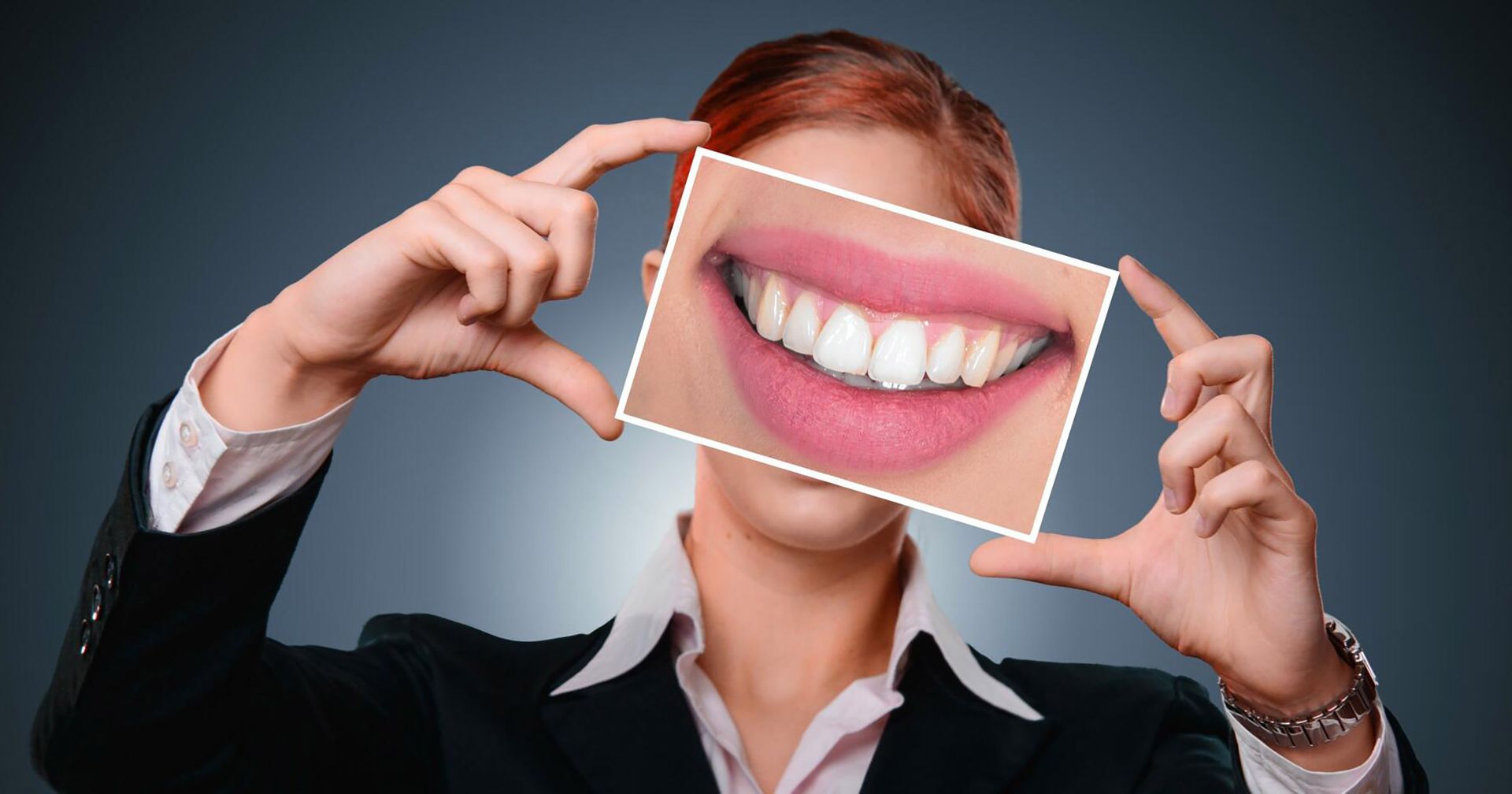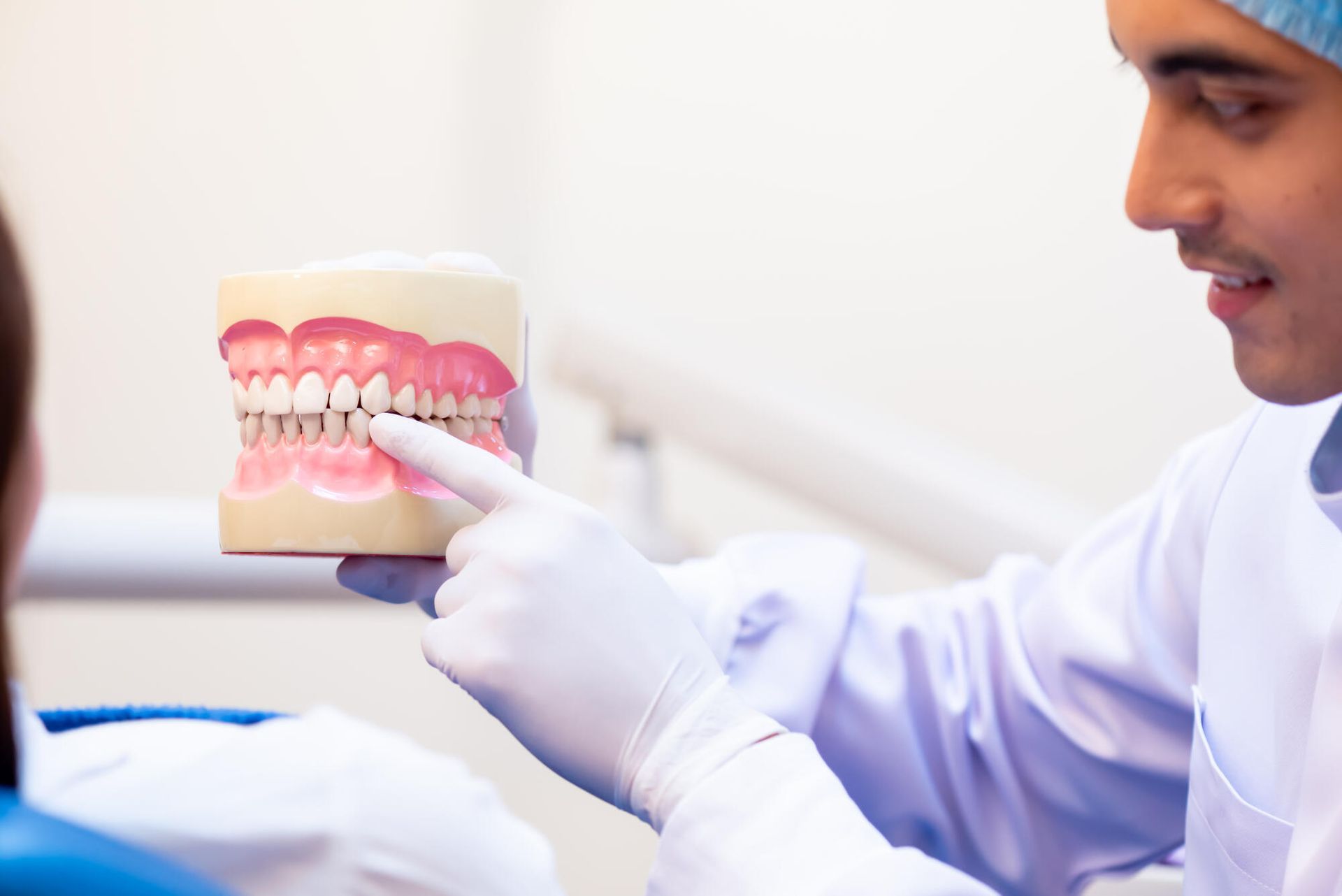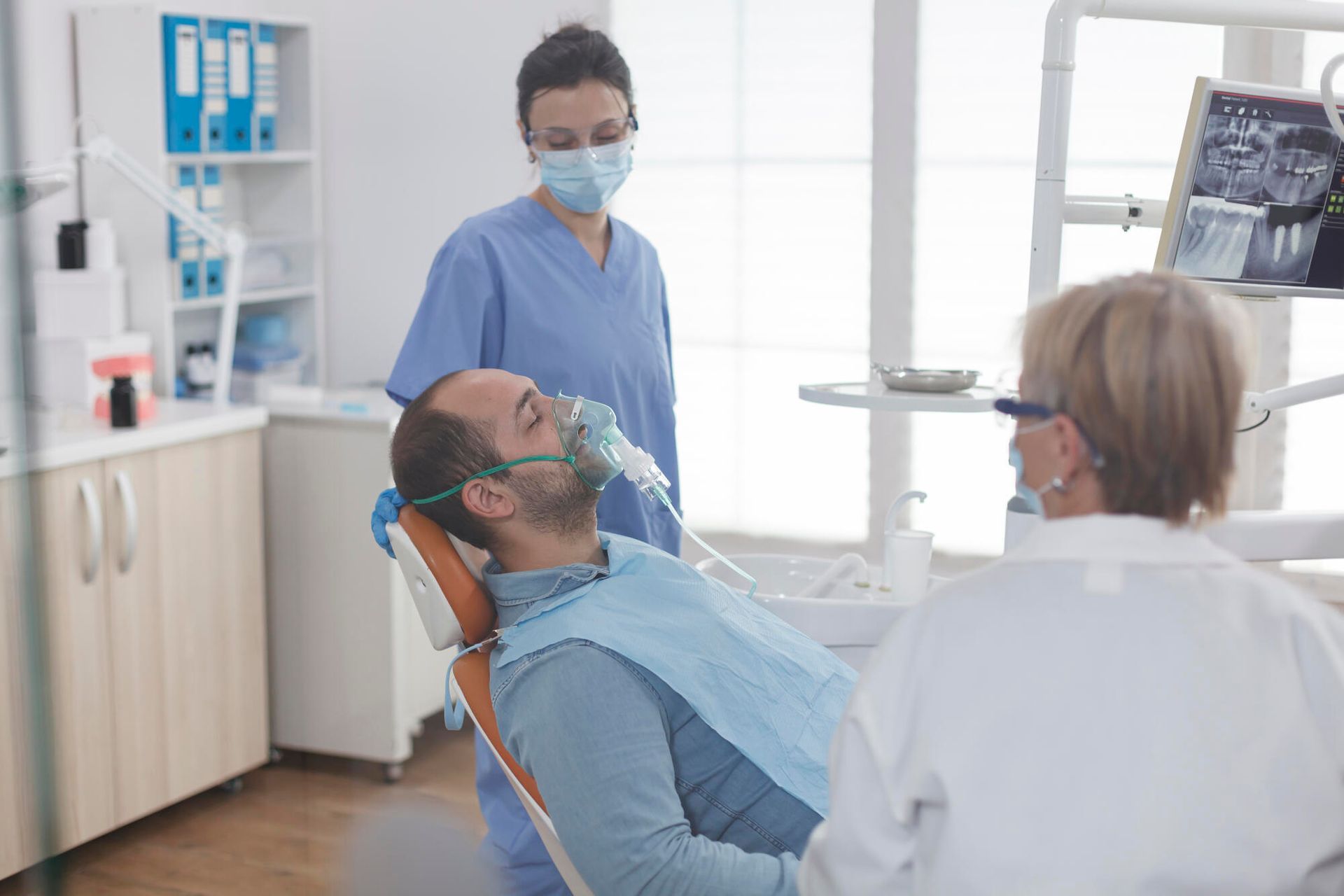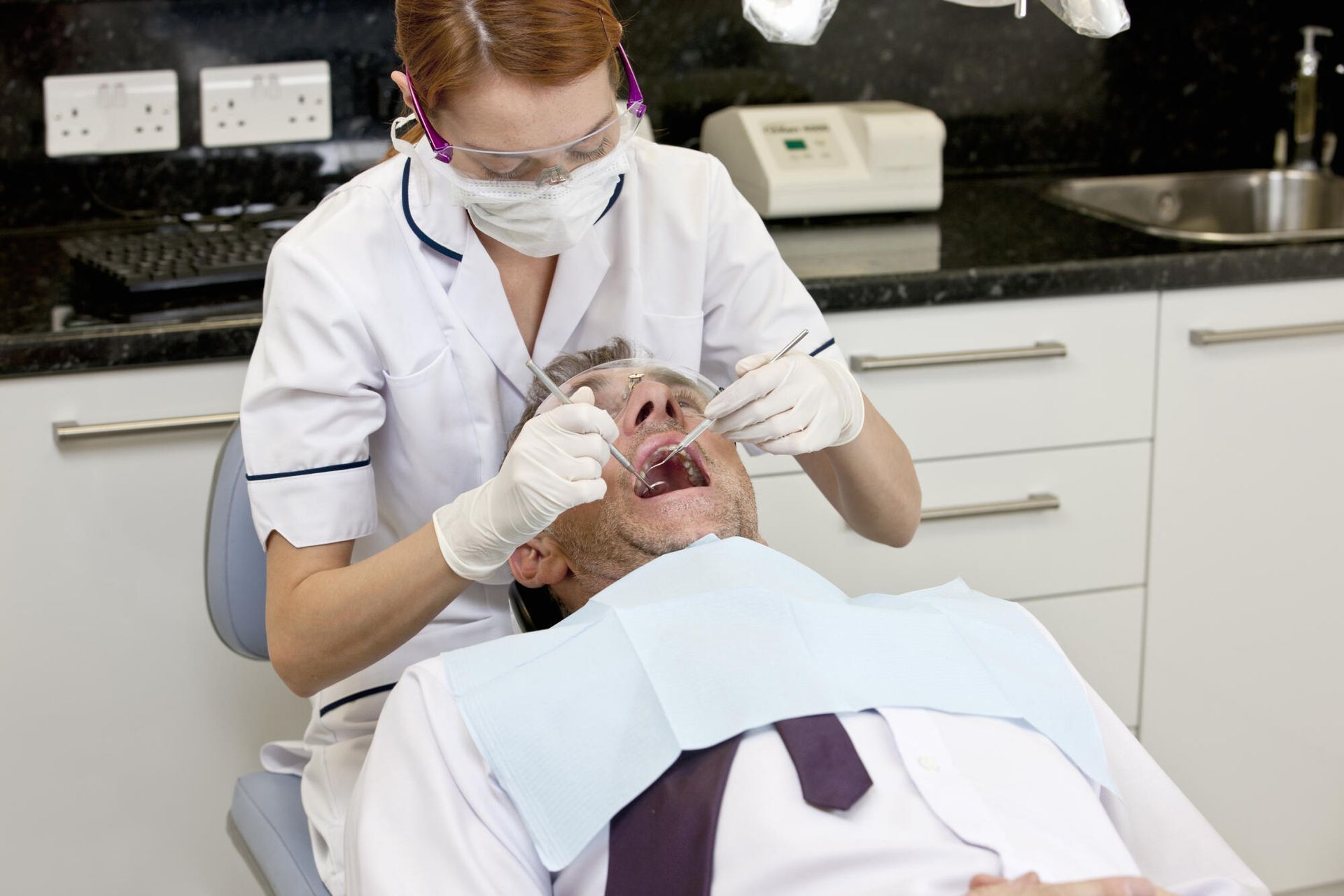Why Are My Front Teeth Chipping? A Catoosa, OK Dentist Has the Answer

Discover the causes and the importance of immediate dental care. Find out how a Catoosa, OK dentist can help.
You run your tongue over your front teeth and feel something unusual - a sharp edge where there wasn't one before. You glance in the mirror and see it: a small chip on your front tooth. Questions race through your mind:
How did this happen? Is it serious? And most importantly, can it be fixed?
Chipping your front teeth can be as frustrating as it is alarming, but you're not alone. Why are my front teeth chipping? Find out in this article.
Teeth Grinding
Teeth grinding often occurs without knowing as you sleep but can also happen while awake, especially during moments of stress or deep concentration.
The constant clenching and grinding motion exert excessive pressure on your teeth, gradually wearing down the enamel. Over time, this enamel erosion leaves your teeth more vulnerable.
Weak Enamel
Enamel is the layer that protects teeth from daily wear and tear, but it can become compromised. Once the enamel weakens, teeth are more susceptible to damage.
Eating and drinking acidic foods and drinks, such as:
- Citrus fruits
- Soda
- Sports drinks
Can erode the enamel over time. Poor oral hygiene, including inconsistent brushing and flossing, can also lead to enamel degradation by allowing plaque and tartar to accumulate.
In some cases, weak enamel may be hereditary, with genetics playing a role in the mineral composition and resilience of your teeth. Conditions like acid reflux or frequent vomiting, which expose teeth to stomach acids, can accelerate enamel erosion.
If you're noticing that your front teeth are chipping, a Catoosa, OK dentist can assess the condition of your enamel and offer tailored solutions. Treatments like the following can help with preventing tooth chipping:
- Fluoride applications
- Dental bonding
- Veneers
Accidents and Trauma
Everyday incidents such as falls, sports injuries, or car accidents can subject your teeth to sudden, high-impact forces, leading to chips, cracks, or even tooth fractures. Biting down on hard objects like:
- Ice
- Pens
- Non-food items
Can put undue pressure on your front teeth, increasing the risk of chipping.
Trauma to the teeth isn't always the result of a dramatic event. Even something as simple as habitually chewing on hard candies or crunching ice can gradually weaken the structural integrity of your teeth, making them more prone to chipping over time.
Contact sports can pose a risk to dental health if proper protective measures, such as wearing a mouthguard, aren't taken. And, don't forget the importance of dental care.
Improper Use of Teeth
Teeth are meant for chewing, not for being used as tools for:
- Opening bottles
- Tearing packages
- Cracking nuts
When you misuse your teeth for such purposes, the pressure and stress applied can exceed what your enamel can withstand, leading to chips or cracks.
Habits like:
- Biting nails
- Chewing on pens or pencils
- Holding objects with your teeth
Can also weaken the enamel over time. These actions may seem harmless but gradually wear down the protective outer layer of your teeth, making them more vulnerable to damage. Front teeth, being thinner and more delicate than molars, are particularly susceptible to chipping from improper use.
If you've chipped a tooth due to these habits, it's essential to break the cycle to prevent further damage. Catoosa dental services can help by repairing the chipped tooth.
Alignment Issues
When your teeth don't fit together properly, certain areas may bear more force than they're designed to handle. For example, an overbite or underbite can place excessive pressure on the front teeth during chewing or speaking.
Even minor alignment problems can create uneven wear on the enamel, weakening specific teeth and making them more vulnerable to damage. If your teeth are crowded or overlap, they can grind against each other unintentionally, further wearing down the enamel.
A dentist in Catoosa, OK, can help with treatment for chipped teeth. Treatments like orthodontics, such as braces or clear aligners, can correct bite problems and realign your teeth to distribute chewing forces evenly. For immediate dental damage repair and protection, your dentist might recommend bonding, veneers, or crowns to restore the appearance and strength of chipped teeth.
Undetected Tooth Decay
Cavities, caused by bacterial buildup and poor oral hygiene, gradually erode the enamel. As decay progresses, it compromises the structural integrity of the tooth, leaving it more susceptible to:
- Chips
- Cracks
- Fractures
During everyday activities.
What makes tooth decay particularly troublesome is that it often goes unnoticed in its early stages. You may not experience pain or sensitivity until the decay has advanced significantly. This is especially concerning for front teeth, as their thinner enamel makes them more vulnerable to damage.
Excessive Whitening Treatments
While teeth whitening is a popular cosmetic procedure for achieving a brighter smile, overusing whitening products or using them incorrectly can have negative effects. Many at-home whitening kits and whitening toothpaste contain abrasive ingredients or high concentrations of bleaching agents that can strip away the protective outer layer of your teeth.
When enamel becomes thin or weakened, your teeth are less equipped to handle the stress of daily activities like biting and chewing. This increases the risk of chipping, especially in the front teeth, which are naturally thinner and more prone to wear and tear. Over-whitening can make your teeth more sensitive to temperature changes, further compromising their durability.
Aging
Your enamel gradually wears down as you age. This leaves teeth, particularly the front ones, vulnerable.
In addition to enamel erosion, the natural aging process can lead to other factors that weaken teeth. For example, receding gums, which are common with age, can expose the softer dentin layer beneath the enamel. This layer is less durable and more prone to damage.
Older individuals often experience dry mouth, which reduces saliva production. Saliva protects teeth by neutralizing acids and washing away debris; without it, teeth are more likely to weaken.
Why Are My Front Teeth Chipping? Now You Know
Why are my front teeth chipping? If you think one of these issues is what's causing your problem, head to a Catoosa OK dentist today.
Are you looking for Catoosa dental services? At Dental Arts, we combine expert dental care with patient-focused convenience. With up to 25% off in-office dental plans and flexible evening and weekend appointments, maintaining your dental health has never been easier.
Book your appointment today.
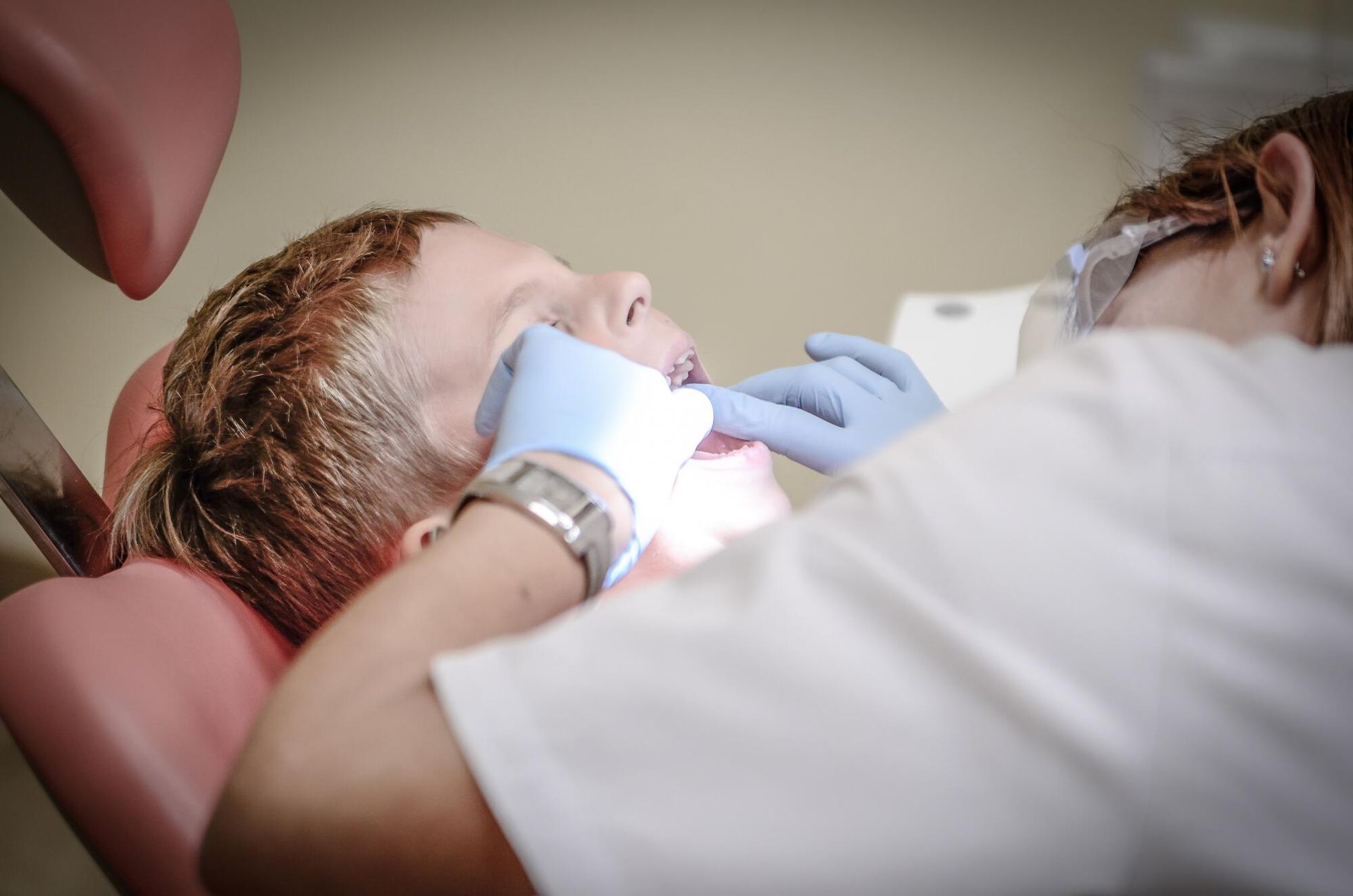
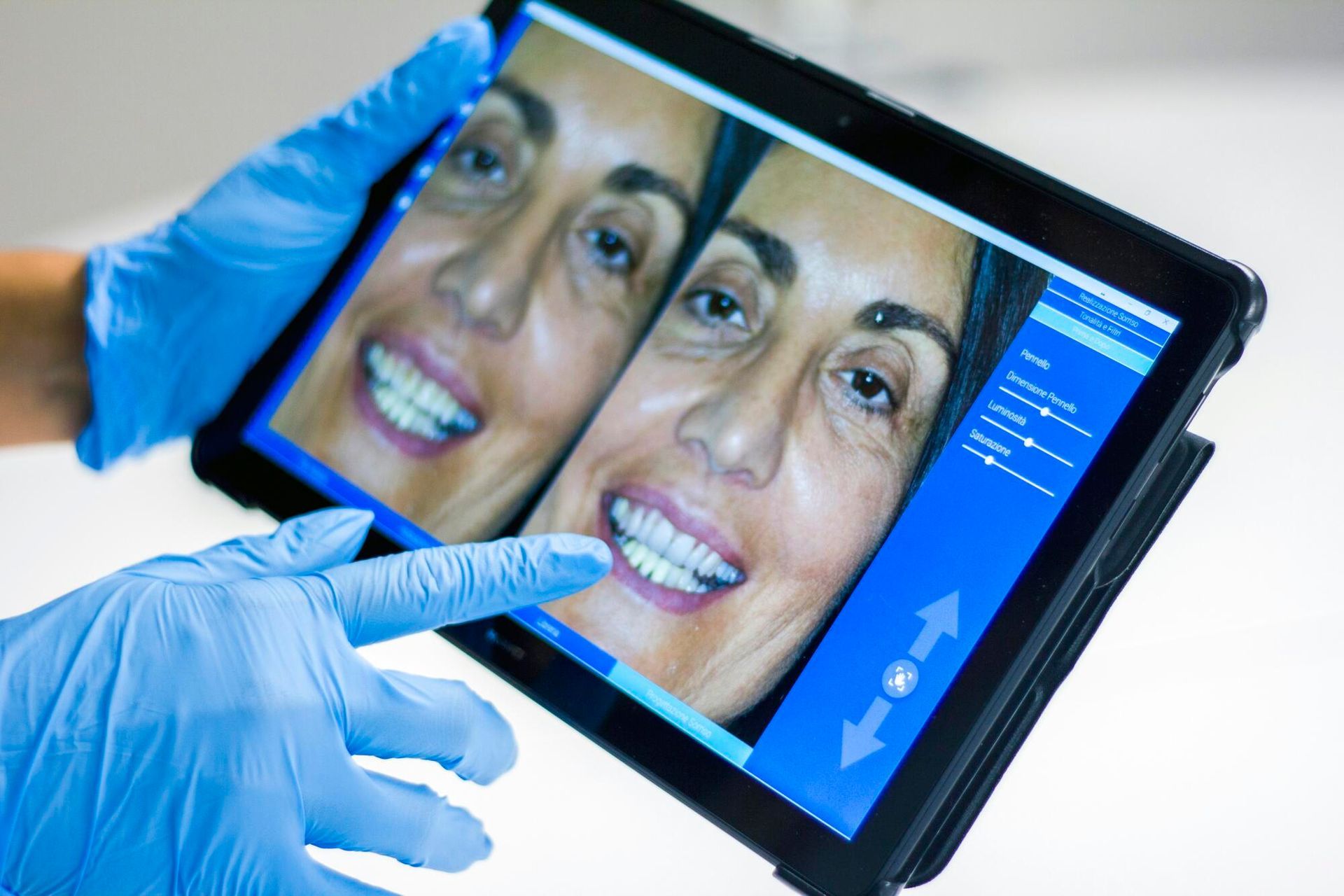
Catoosa Location
Locust Grove Location
Bixby Location
Tulsa Location
Nowata Location
This website and its marketing content are provided exclusively for use by clients of Dental Arts Management, LLC under the terms and conditions of the management services agreement.
All Rights Reserved | Dental Arts
Website Designed & Maintained by Xpress Promotion
918-937-7587
918-276-7318
918-205-7217
918-303-5048
918-393-4083

